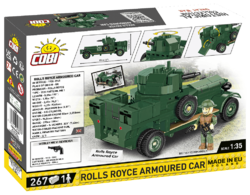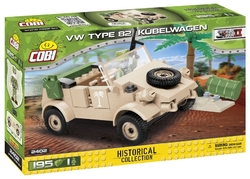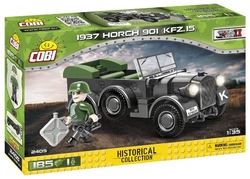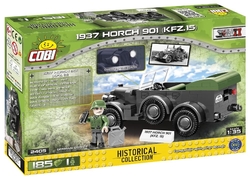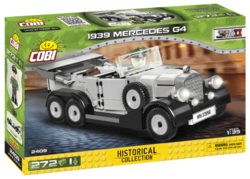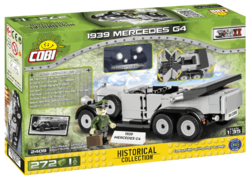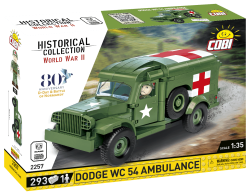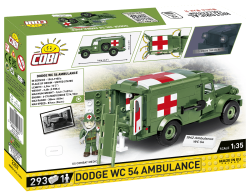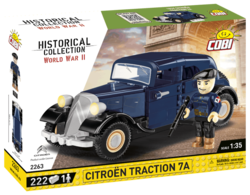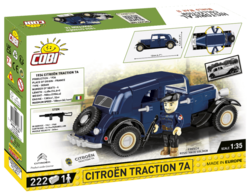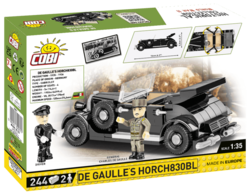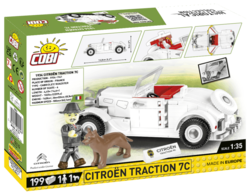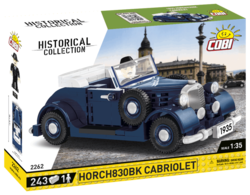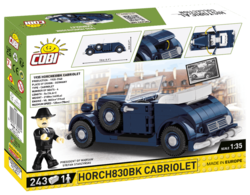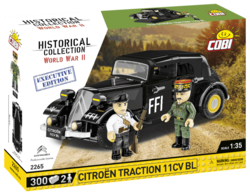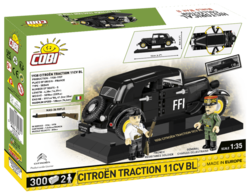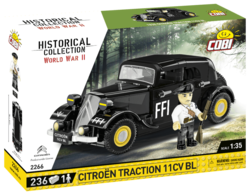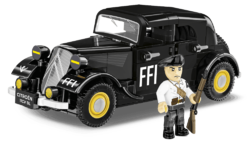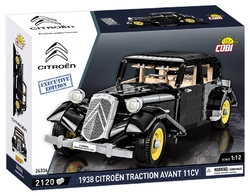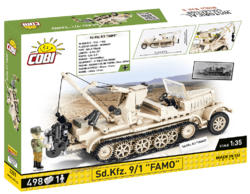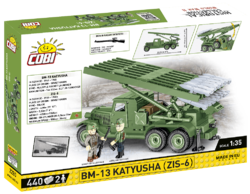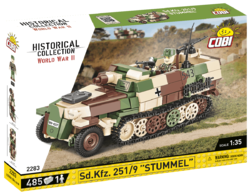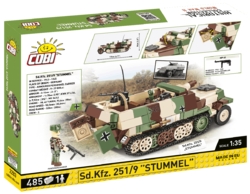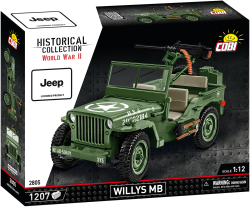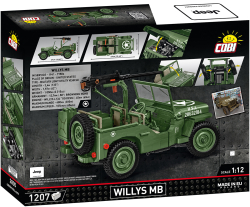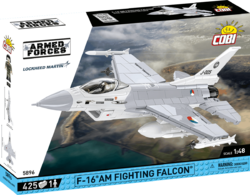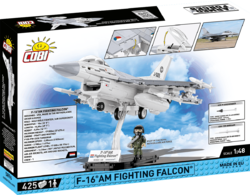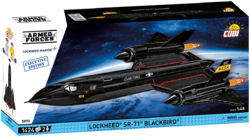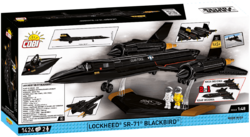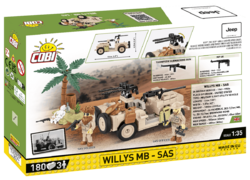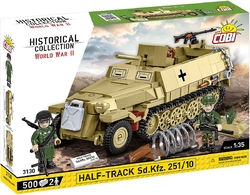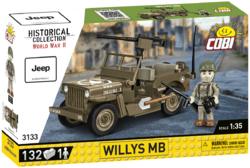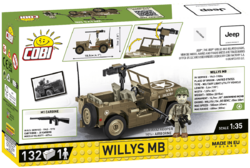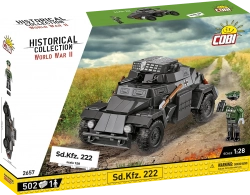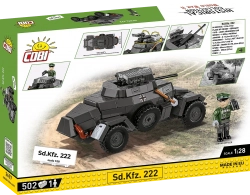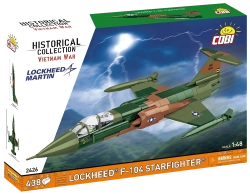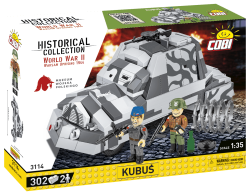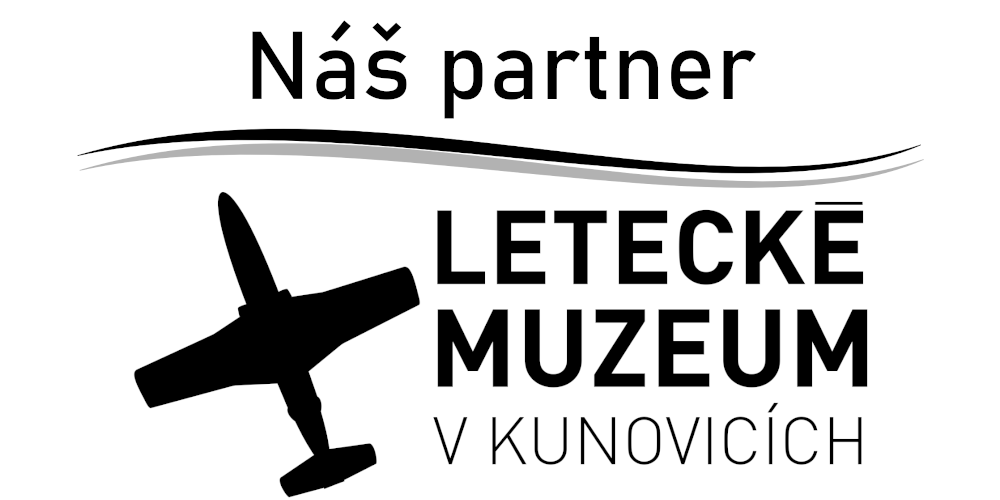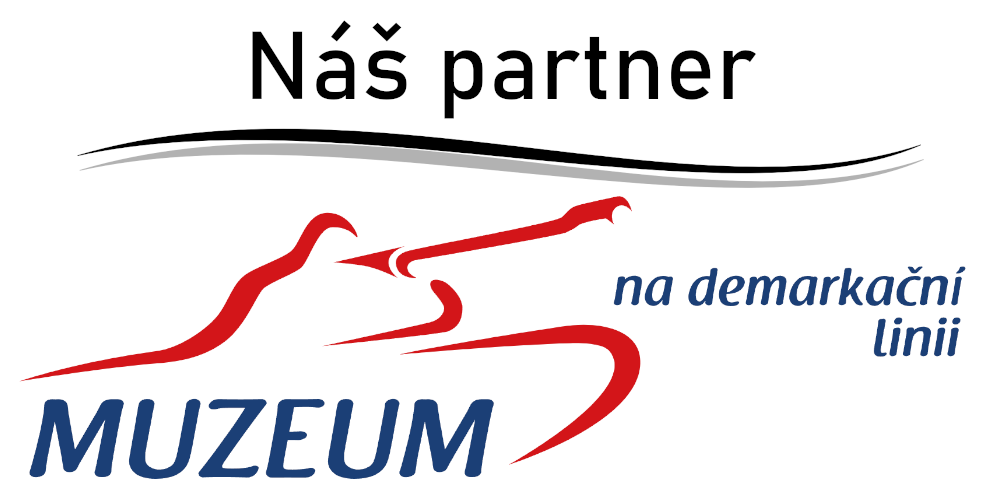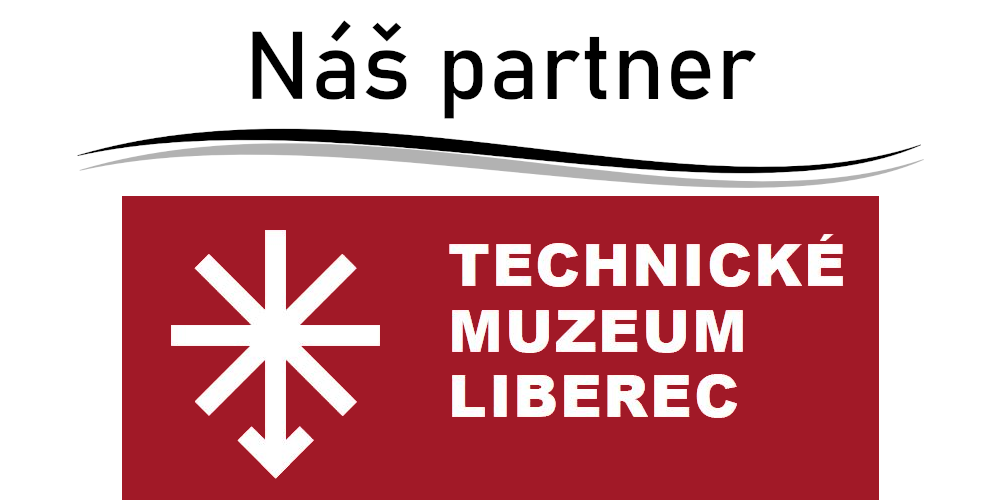Model kit of the armored vehicle Rolls Royce 1914 of the Royal Tank Force. The kit has a rotating turret with adjustable machine gun sight, opening tool and ammo boxes at the rear and spare wheels on the sides of the vehicle. Included is a figure of a British commander armed with a Webley revolver and a dice with description.
Show more
66 %
(281 Ranking)
591 Kč
pcs
Add to Cart
In stock - ready to ship (2 pcs)
| List Number: | COBI-2988 |
| EAN: | 5902251029883 |
| Warranty: | 24 months |
| Manufacturer: | COBI |
| Loyalty Points: | 4 |
| Price excluding VAT: | 488,75 Kč |
Latest reviews
All reviews
Verified customer
13.04.2025
Doporučuji!
+
Snadné sestavení.
+
pěkný model obrněného auta.
Description
Parametres
Files and Links3
Discussion
Reviews2

You know that:
- When the first British armoured unit was established in 1914, it was at a time when no armoured vehicles were yet available.
- In September of that year, all the chassis originally intended for the assembly of Silver Ghost luxury civilian cars were requisitioned by Rolls Royce for wartime use.
- Within a month, with significant assistance from Air Chief Marshal T. G. Hetherington, the design of an armoured car with a swivel turret on a Rolls Royce chassis was developed.
- The first three vehicles were delivered to the front in early December 1914, replacing primitive predecessors also from the RR factories.
- Production lasted only until 1917, when it was decided to curtail production of the cars in favour of aero engines.
- The armoured vehicle was made famous during the desert campaign against the Turks by British officer Thomas Edward Lawrence. When asked by reporters about the most valuable thing in the world, he replied, "If I own a Rolls Royce with enough tyres and petrol to last me the rest of my life."
- In the 1920s, the vehicles were modernised and new modifications with a commander's cupola and reinforced armour were also made.
- In all, about 120 were produced.
- Seven vehicles survive today, one of which can be found at the Bowington Tank Museum.
Technical parameters:
- dimensions: length 50.05 m, width 1.95 m, height 2.45 m
- weight 4 250 kg
- armouring 8 mm
- propulsion unit 6-cylinder petrol engine with a power of 60 kW
- maximum speed 96,5 km/h
- range 290 km
- armament water-cooled Vickers 303 machine gun, 7.62 mm calibre
- crew 3-4 persons
Instructions for assembly
| Version (series) | 06/2022 |
|---|---|
| Number of figurines | 1 pcs |
| Dimensions after assembly | 15 x 6,5 x 7,5 cm |
| Scale | 1:35 |
| Number of pieces | 267 pcs |
| Box dimensions | 27,5 x 20 x 6 cm |
| Package weight | 305 g |
| Recommended age | 7+ |
| Collection | Great War |
| Contains luminous blocks | No |
| Material | Plastic |
| Compatible with other brand of kits | Yes |
Discussion is empty.
66 %
5
159x
4
2x
3
1x
2
0x
1
119x
Doporučuji!
+
Snadné sestavení.
+
pěkný model obrněného auta.
+
Syn je spokojený



















